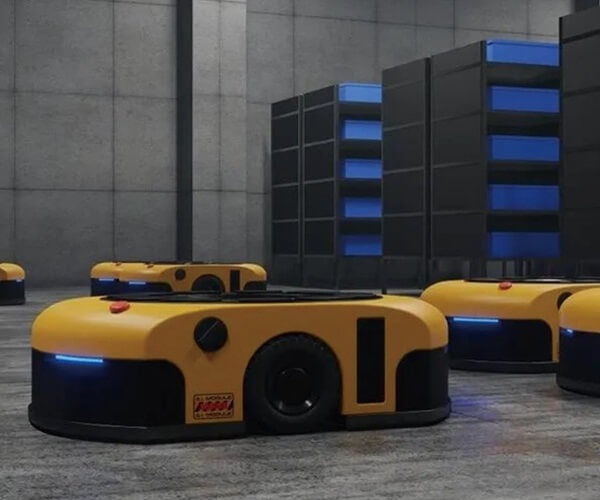Sure! Here is the first part of the soft article on "motor gears for electric motors." I'll craft an engaging, attractive piece that blends technical insight with accessible language.

Unlocking Power and Precision: The Essential Role of Motor Gears in Electric Motors
In a world increasingly driven by technology, electric motors sit at the heart of modern innovation. From the sleek electric cars humming along city streets to robotics orchestrating manufacturing lines, these motors are powering the future. But what makes an electric motor so versatile, efficient, and precise? One of the unsung heroes behind their impressive performance is the humble yet mighty motor gear.
At its core, a motor gear acts as the bridge between a motor’s high-speed rotation and the more manageable, controlled movement needed for specific tasks. It’s an elegant piece of engineering that ensures the motor's raw energy is translated into usable, efficient power.
The Basics of Motor Gears
Think of a motor gear as a set of interlocking wheels. When the motor spins, its rotational energy is transferred through gears, which can alter the speed, torque, or direction of the output shaft. This process—called gear reduction or gear ratio adjustment—allows for precise control over how the motor’s energy is channeled into performing work.
Why is this important? Because electric motors often operate at high speeds with low torque, which is not suitable for many practical applications. Gears step in to convert high-speed, low-torque movement into low-speed, high-torque output needed for tasks like lifting, driving wheels, or precise positioning.
Types of Gears Used in Electric Motors
The world of motor gears is diverse, comprising various types suited for different needs:
spur gears: The most common, with straight teeth, ideal for transmitting moderate power in compact spaces. bevel gears: Designed to change the axis of rotation, often used in corner-turning applications. planetary gears: Known for their compactness and high torque transmission, often found in electric vehicles. worm gears: Capable of providing high gear ratios and self-locking capabilities, good for stopping movement when power is off.
Each type offers unique advantages, and engineers pick the right gear based on factors like space constraints, load requirements, and desired speed reduction.
Why Are Motor Gears So Important Today?
In the age of electrification, the role of motor gears is more vital than ever. Electric vehicles, for example, rely on sophisticated gear systems to deliver power smoothly and efficiently to the wheels, translating the motor’s high RPM into sustainable driving torque. Similarly, robotic arms depend on precise gear mechanisms for fine movements and repeatability, essential in manufacturing, medical applications, and space exploration.
Renewable energy projects, such as wind turbines, leverage gearboxes to harness the kinetic energy of wind and convert it into electricity. These gearboxes adjust rotational speed for efficient energy production while protecting the system from overloads.
Advances in Gear Materials and Design
Innovation doesn’t stop at simply choosing the right gear type; material science and design play crucial roles in enhancing performance. Modern gear manufacturing incorporates lightweight yet durable materials like composites and advanced alloys, reducing wear and improving efficiency.
Innovative gear designs incorporate features like helical teeth for smooth operation, or helical gear sets for quieter performance. Lubrication technology also advances, decreasing friction and extending gear lifespan, especially in high-demand applications.
The Balance of Power, Efficiency, and Durability
Choosing the right motor gear involves more than picking a size or shape; it’s a balancing act. Engineers consider factors like:
Efficiency: Minimizing energy loss during transmission. Durability: Ensuring long-term operation under varying conditions. Size and weight: Suitability for compact or weight-sensitive systems. Cost: Balancing performance with budget constraints.
When designed well, gears can boost efficiency, reduce maintenance, and extend the lifespan of electric motors—saving money and resources in the long run.
Challenges and Future Trends
Despite their advantages, motor gears face challenges—noise, friction, wear, and the need for lubrication. Nevertheless, ongoing research aims to mitigate these issues through innovative materials, advanced manufacturing techniques like 3D printing, and smarter gear systems integrated with sensors for real-time monitoring.
Looking ahead, gearless systems, like direct-drive motors, are gaining traction for their simplicity and efficiency, but gears will continue to hold a vital role where precise control and high torque are necessary.
In Conclusion
Motor gears are the silent engines of progress, quietly transforming tiny electrical impulses into mighty forces that power our world. Their evolution reflects the ever-growing demand for smarter, more efficient, and more reliable systems—catalyzing the rise of cleaner transportation, smarter manufacturing, and sustainable energy solutions. As technology advances, so too will the intricate dance of gears within our electric motors, offering us new capabilities and unlocking untapped potential across countless industries.
Kpower has delivered professional drive system solutions to over 500 enterprise clients globally with products covering various fields such as Smart Home Systems, Automatic Electronics, Robotics, Precision Agriculture, Drones, and Industrial Automation.




































